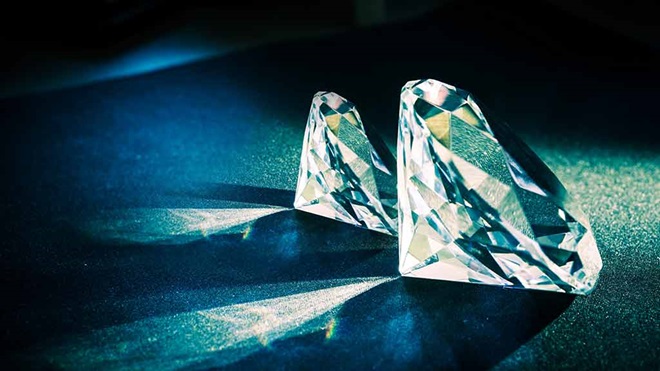Introduction
Blood diamonds, also known as conflict diamonds, have a notorious history rooted in exploitation and human sufferingThese gems, tainted by violence and unethical practices, continue to be a significant concern in the jewelry industry and global trade.
What are Blood Diamonds?
At their core, blood diamond are mined under conditions that involve forced labor, child exploitation, and contribute to funding rebel militias and civil warsUnlike ethically sourced diamonds, which adhere to stringent labor and environmental standards, blood diamonds have a dark legacy of conflict and sufferingIdentifying a blood diamond isn’t straightforwardThese diamonds often lack proper certification, originate from conflict zones, and may fund violent activitiesThey enter the global market disguised among legitimately sourced gems, making traceability challenging.
Impact on Communities
The communities where blood diamonds are mined suffer immenselyMiners, often coerced into dangerous work, face poor working conditions and negligible wagesEnvironmental degradation is rampant, with ecosystems ravaged by irresponsible mining practicesThe ethical concerns are profoundBeyond environmental damage, blood diamonds perpetuate human rights abuses and fuel conflictsThey undermine efforts for peace and development in affected regions, creating cycles of poverty and instability.
The Kimberley Process
Introduced in 2003, the Kimberley Process aimed to curb the trade in blood diamondsIt mandates strict certification and tracking mechanisms to ensure diamonds are conflict-freeDespite its intentions, the Kimberley Process has faced criticism for loopholes and lack of enforcementCritics argue that the Kimberley Process falls short in its effectivenessIssues like smuggling and false certification persist, allowing some blood diamonds to enter legal marketsTransparency and accountability remain significant challenges.
How to Avoid Buying Blood Diamonds
Consumers can make informed choices by supporting reputable jewelers who adhere to ethical sourcing practicesLook for diamonds certified by organizations like the Responsible Jewellery Council (RJC) or those promoting fair trade principlesVerify the diamond’s origin and inquire about its certificationOpt for jewelers who provide transparency about their supply chainsEducate yourself on the issue and advocate for stricter regulations within the jewelry industry.
Famous Cases and Stories
Instances of blood diamonds in popular culture and history underscore their impactMovies and literature have shed light on the human cost behind these gems, lab grown diamonds, influencing public perception and policy debatesBlood diamonds have shaped narratives of conflict and exploitation throughout historyFrom colonial exploitation to modern-day conflicts, these gems embody complex socio-political dynamics and global economic disparities.
The Future of Blood Diamonds
The industry is evolving with increasing demands for transparency and ethical standardsInitiatives like blockchain technology are being explored to enhance traceability, offering hope for a more responsible diamond tradeConsumer awareness and advocacy are driving changes in the industryEthical considerations are becoming pivotal in purchasing decisions, prompting jewelers and governments to adopt stricter regulations and sustainability practicesMajor players in the diamond industry are committing to ethical practices and sustainable miningCollaborations between governments, NGOs, and businesses aim to strengthen regulations and improve conditions for miners and communities.
Conclusion
In conclusion, while progress has been made in tackling the issue of blood diamonds, challenges persistThe journey towards a conflict-free diamond industry requires continued vigilance, consumer awareness, and global cooperation.







